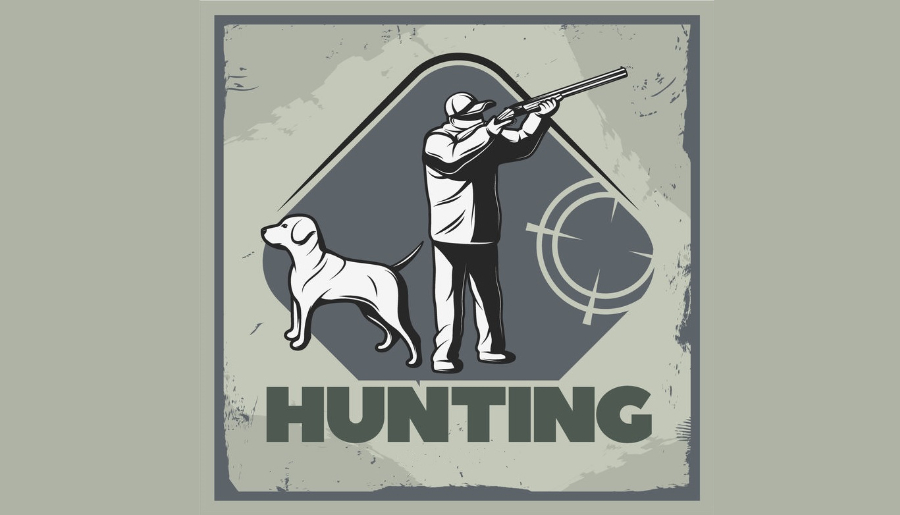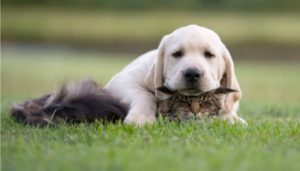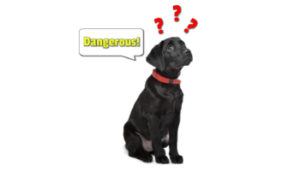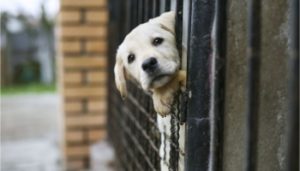
I love hunting. While some others may prefer fishing, I find that there is nothing more pleasant than the smell and feel of the woods in the morning. One of the few things that can make the experience even better is the company and help of a well-trained hunting dog. In this article, I would like to tell you some of the things I have learned in reference to the fine and useful breed known as the Labrador.
Do Labradors make good hunting dogs? The answer to this question is a loud and resounding yes. Not only is the Labrador a fine breed for hunting, but
To learn a little bit more about the history and use of the Labrador in the world of hunting, read on and read well. By the time we reach the end, it is hoped that you will have gained a better understanding of what has become the world’s most popular waterfowling dog.
History And Origins:
Our modern Labrador is a descendant of the St. John’s water dog. This breed, developed by fishermen and hunters in Newfoundland, was bred strictly as a working dog, with no regard for its color, appearance, or pedigree. It was a little larger than the Labradors of
By the 1980’s the St. John’s water dog had become extinct, but this is not as sad as it might seem. By looking at old photographs, we can see that the modern Labrador is almost the same dog. This is more of an example of a species changing into another rather than an extinction per se. The water dog was named as such because of its water-resistant coat and its well-known love of water. The Labrador retrievers of today have retained the water-resistant coat, making them even more similar to their ancestors.
The first recorded written record of the Lab being used as a sport dog comes from 1817, when the breed was still very new. Its popularity exploded across the Americas and Europe, Causing them to be one of the world’s most common dogs to this day. In fact, the Labrador retriever is the most popular dog in the United States as of this writing.
What Makes The Labrador Such A Good Hunting Dog?
The obvious answer to this question is breeding. When this dog retrieves a fallen duck or runs into the brush to scare up a bird, they are doing precisely what their genetic code demands. You can see this eagerness when you play fetch with a Labrador. This is a dog that will literally play fetch all day without losing interest.
On that same subject, they are also great hunters because of their high energy level. This is not a dog that will lounge on the couch all day. They need activity and running space in order to be happy and well-adjusted. A bored Labrador will be much more likely to get into trouble, so understand their rowdy nature before you buy one!
Finally, a Labrador makes a great hunting dog because it can be used to hunt such a wide variety of animals. You can hunt any kind of bird with this breed, and there are some instances in which people will train them to hunt small game such as squirrels. For hunting large game, the Labrador is not very useful. For hunting dangerous game like wild boars, a Labrador might not be the best choice either, as they are not suited for the rigors of rough combat.
Training A Labrador For Hunting
First of all, you should start with the same basic commands that would be used for any dog. However, the most important command in the beginning stage is “come here.” A dog that won’t come when you call is a liability in the field, as they are liable to scare away your prey before you even get close. It is very important that you never use the phrase “come here” to discipline your dog. For instance, let’s say you come home from work and your dog has made a mess. You don’t call them to you and then swat them on the behind. Doing this will create negative reinforcement and thus will encourage your dog to run away when you call rather than coming closer.
Once your dog has mastered the “come here” command, you need to teach them to react to hand signs. Transitioning from verbal commands to hand signs is difficult for some dogs, but a few treats and a little scolding combine to make things clear. The only question, of course, is how long it will take.
Another good trick to teach your Labs at a young age is the “low crawl”. Just as a duck hunter will often use a low army-style crawl to make a stealthy approach to the water, the dog must be able to do the same. You can teach your dogs to perform this trick by doing it yourself and rewarding them when they follow along. The great thing about this drill is that you don’t have to go anywhere. You can simply crawl around your living room and teach them to do the same.
Now let’s talk about flush training. When you arrive at your hunting area, bring your dog to one end of the field. Make him stay, and make sure he is low to the ground. As your dog waits, crawl around to the other side of the field, so that the target area is between you and the dog. Now all you have to do is call the dog, and they will naturally run through the tall grass or other cover, flushing out any birds or other creatures that may be present. When simulating this scenario for training purposes, you should put a small duck decoy in the grass so that your dog will grab it and bring it. While it isn’t the
As a final step, you will need to get your dog accustomed to the sound of gunfire. Obviously, bowhunters can go ahead and omit this step. Many times, dogs of all sorts are “weirded out” by the sound of a firearm going off. This is a perfectly natural response, but must be removed if you expect your dog to perform. One thing you can do is to simply take your dog to the shooting range with you. Make sure you tie the dog securely to a tree or post, as there is a small chance that they might try to “chase” the bullets! However, a rookie dog that is unfamiliar with gunfire will probably not do this. After being acclimated to the sound of guns going off, your dog will learn to see the gunshot as a normal event.
Related Questions:
Does it matter if my Labrador comes from a hunting pedigree?
The short answer is that yes, pedigree does matter. However, a good ancestry is by no means a guarantee that you will end up with a good-quality hunting dog. Many times, a non-pedigree Lab will turn out to be just as good a hunter as a dog bred from many generations of hunters. This is an example of the old dog trainer’s adage: “It’s all in how you raise them”. without proper training, a line-bred dog will be useless for hunting. However, it is an undeniable fact that a purebred hunting dog from a good pedigree will be more likely to produce the results that you desire.
How long does it take to train a hunting dog?
The exact amount of time that it takes to train a hunting dog will vary greatly. However, it can be expected that a dog will be ready to hunt for the first time within about six months. Obviously, this number will vary depending on both your actions and the performance of the dog. It is essential to work with your Lab as often as possible if you want to speed up the process. As they say, practice makes perfect.
How much time should I spend training my hunting dog each day?
It is not necessary to train your dog every day, but it certainly will help. For an everyday training session, twenty to thirty minutes should be sufficient. I recommend that you work it into your morning routine to go outside and drill your dogs in the commands that they have already learned, as well as introducing them to new commands as they progress.



